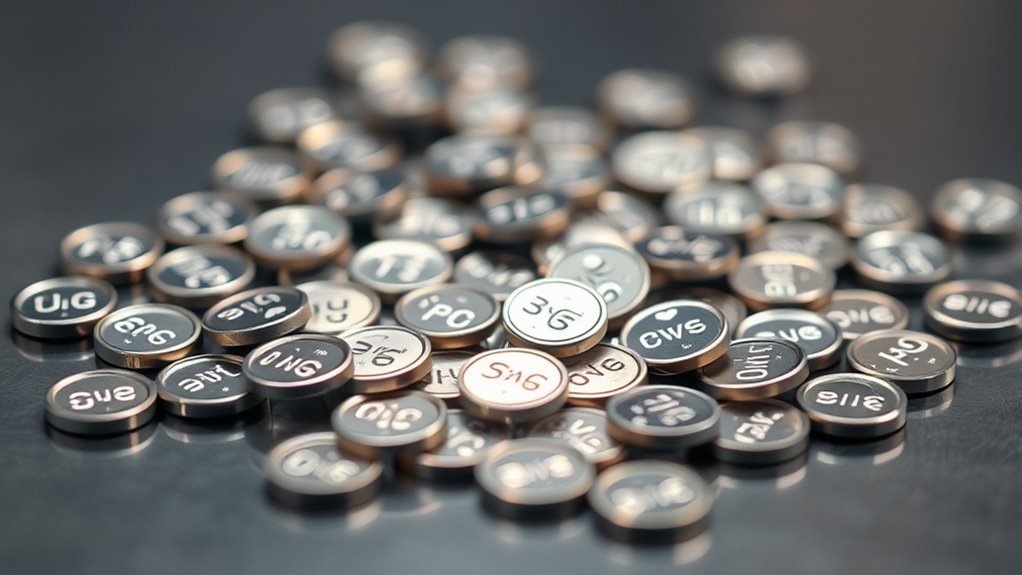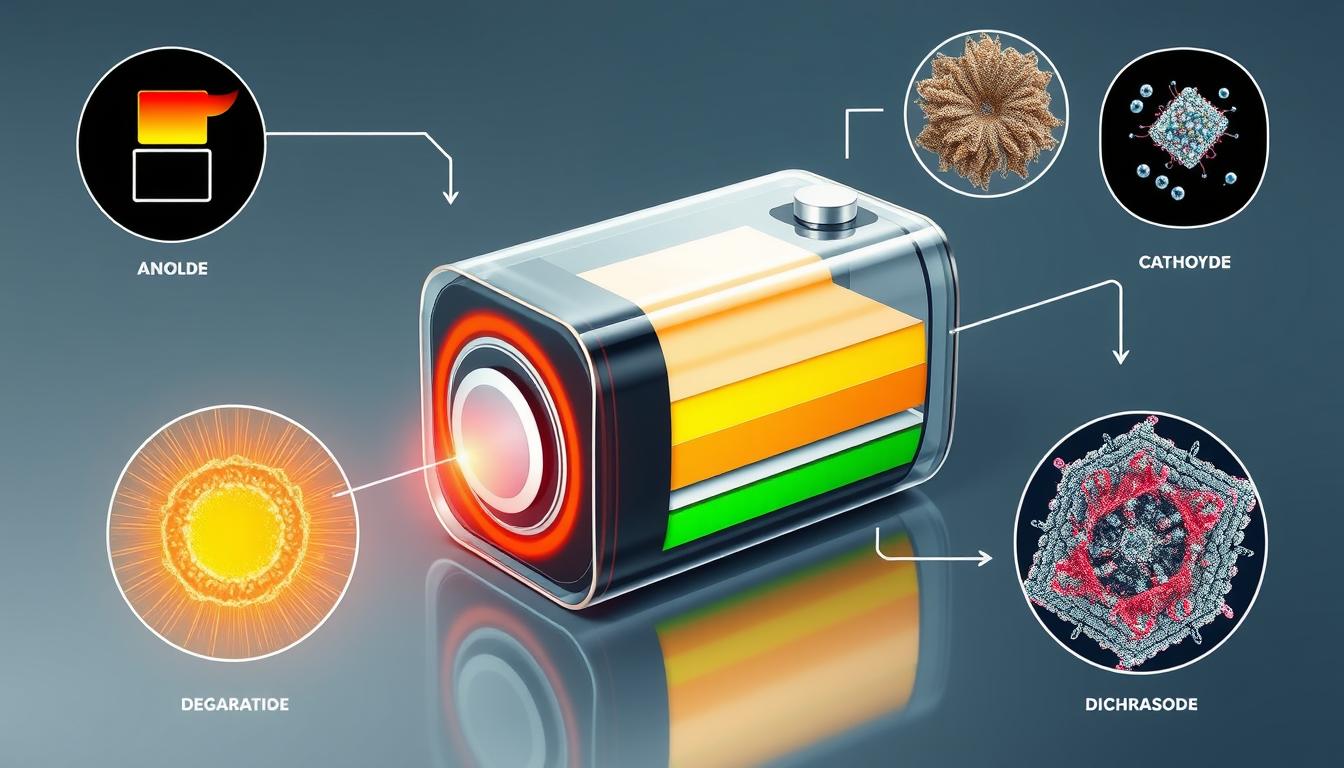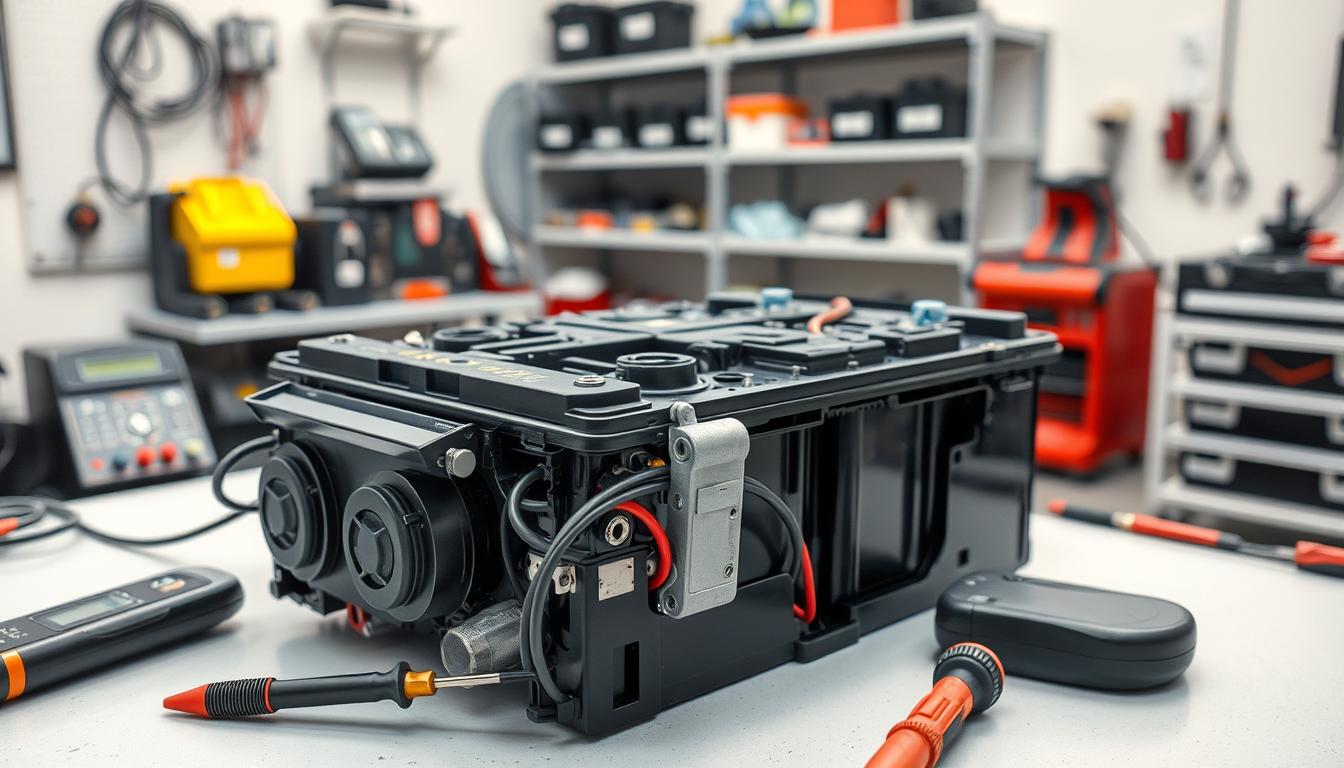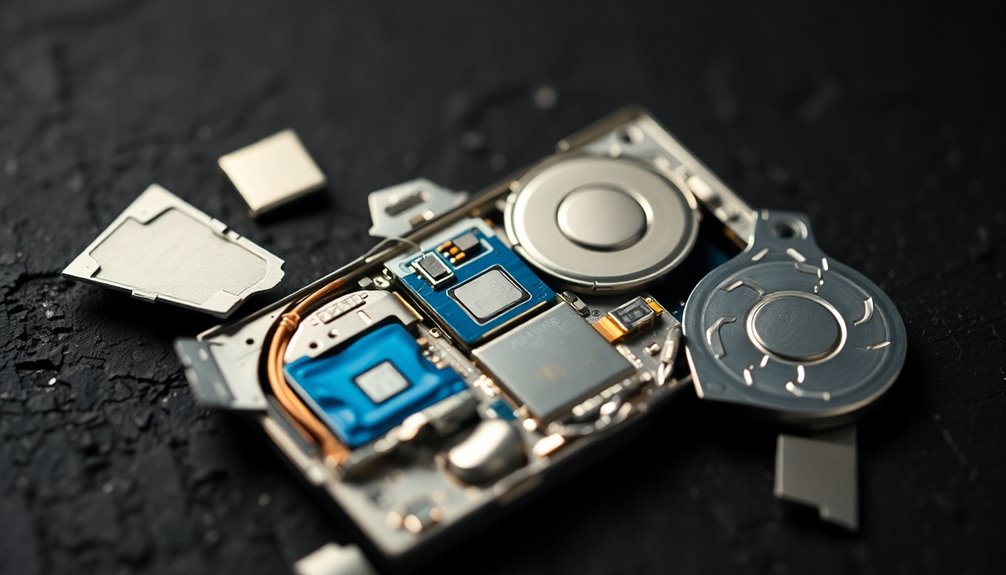Button cells may be small and powerful, but they pose big recycling challenges because of their toxic materials like mercury, cadmium, and silver. Many people discard them improperly, leading to soil and water pollution. Recycling is vital to prevent environmental harm and recover valuable metals, yet small size and low awareness hinder efforts. By understanding these issues, you’ll see why responsible disposal matters—and there’s more to learn about how you can help protect our planet.
Key Takeaways
- Button cells are small batteries packed with energy but contain toxic substances like mercury, cadmium, and silver.
- Their tiny size and lack of consumer awareness hinder effective recycling efforts.
- Improper disposal releases hazardous chemicals into soil and water, harming ecosystems.
- Recycling recovers valuable materials and prevents environmental contamination from toxic substances.
- Increasing awareness, responsible disposal, and use of eco-friendly batteries are vital for addressing recycling challenges.
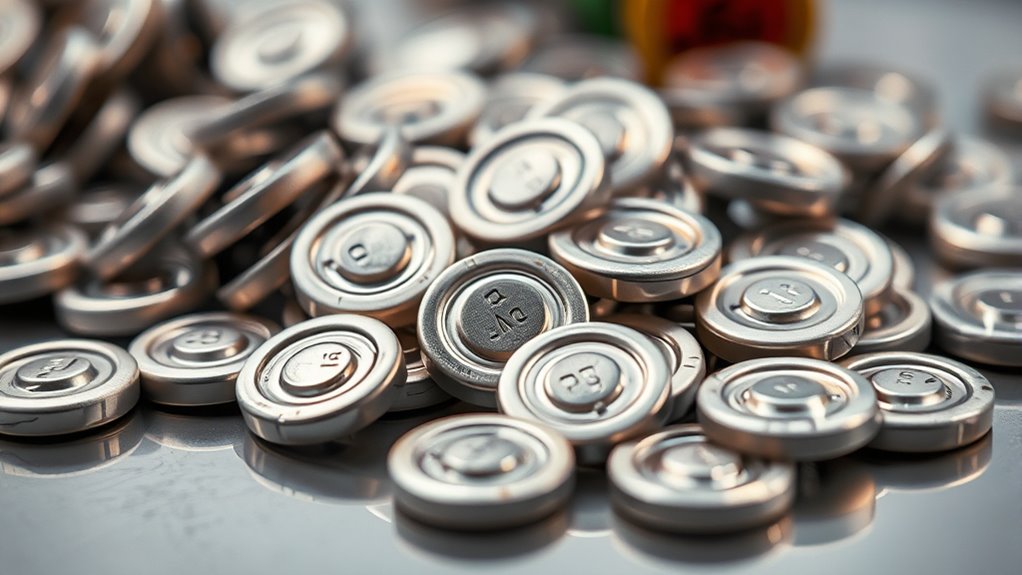
Have you ever wondered how tiny devices like watches or hearing aids stay powered? The secret lies in those small, round batteries called button cells. Despite their small size, they pack a punch of energy that keeps your gadgets running smoothly. But have you thought about what happens once they run out of juice? The battery lifespan of these cells varies depending on use, with some lasting just a few days and others several months. Once depleted, they often get discarded, but this can have serious consequences for the environment. Because button cells contain toxic substances like mercury, silver, or cadmium, improper disposal releases harmful chemicals into the soil and water. This environmental impact is a growing concern, especially as the number of devices using these tiny power sources increases worldwide.
You might not realize it, but the short battery lifespan of button cells contributes to a cycle of frequent replacements and waste generation. In many cases, people toss these batteries into regular trash without considering their hazardous components. Over time, this careless disposal leads to soil contamination and poses health risks to humans and wildlife alike. Recycling is a critical step in mitigating these issues, but it’s often overlooked or inaccessible in many regions. Proper recycling not only prevents toxic substances from leaching into the environment but also allows valuable materials like metals to be recovered and reused. Unfortunately, the small size and the lack of consumer awareness make button cell recycling challenging. Many people simply don’t know how or where to recycle these tiny batteries safely.
Because of these challenges, manufacturers and governments are working to improve collection systems and promote responsible disposal practices. Some companies are developing more environmentally friendly button cells that reduce or eliminate harmful materials, while others are encouraging consumers to take used batteries to designated recycling centers. Despite these efforts, the environmental impact of improperly disposed button cells remains significant. It’s up to you to stay informed and make responsible choices—like using rechargeable batteries where possible and recycling old button cells properly. Every small action counts in reducing the harmful effects associated with these tiny power sources. As technology advances, so does the importance of addressing their environmental footprint, ensuring that the convenience of small batteries doesn’t come at the planet’s expense. So next time you replace a battery, think about its journey post-use and how you can help lessen its environmental impact.
Frequently Asked Questions
How Long Do Button Cells Typically Last in Devices?
You might wonder how long button cells last in your devices. Typically, their battery lifespan ranges from a few months to a year, depending on usage and device compatibility. Devices with low power demands can make button cells last longer, while high-drain gadgets drain them faster. Always check the manufacturer’s recommendations to guarantee peak performance and safe replacement, helping you get the most out of these tiny powerhouses.
Are There Any Safe Disposal Methods for Button Cells?
When considering safe disposal methods for button cells, you should prioritize environmental impact and disposal safety. Never throw them in the trash, as they contain harmful chemicals. Instead, take them to designated recycling centers or collection points for hazardous waste. This guarantees they’re properly processed, preventing chemical leaks and environmental contamination. Always follow local regulations to protect both the environment and your community’s health.
Can Used Button Cells Be Repurposed for Other Uses?
Ever considered that that tiny button cell might still have a spark of life? Repurposing opportunities for used button cells do exist and can be quite innovative. You can explore alternative uses like powering small DIY projects, emergency flashlights, or even as backup power sources. While it’s tempting to toss them out, think about how you might give these small powerhouses a second chance—turning potential waste into useful tools.
What Are the Health Risks of Handling Button Cells?
Handling button cells can pose health risks because they contain hazardous materials like mercury and heavy metals. If you touch them, you might experience skin irritation or allergic reactions. Accidental ingestion is also dangerous, especially for children, since the chemicals inside can be toxic. Always handle button cells with care, use gloves if possible, and wash your hands afterward to minimize exposure to these harmful substances.
How Do Recycling Programs Differ Internationally?
Did you know that only about 20% of batteries are properly recycled worldwide? Recycling programs differ internationally due to varying battery regulations and recycling infrastructure. Some countries have strict laws and advanced facilities, making recycling easier and safer. Others lack proper infrastructure, leading to environmental risks. When you participate in local recycling efforts, you help address these disparities and reduce the harmful impact of button cells on the environment.
Conclusion
You should know that despite their small size, button cells contain valuable materials like lithium and silver, making recycling essential. notably, only about 4% of these batteries are properly recycled worldwide, leading to significant environmental risks. By responsibly disposing of button cells, you help prevent toxic leaks and conserve precious resources. Your small act can make a big difference in reducing pollution and supporting sustainable practices—so always recycle your button cells whenever possible.

